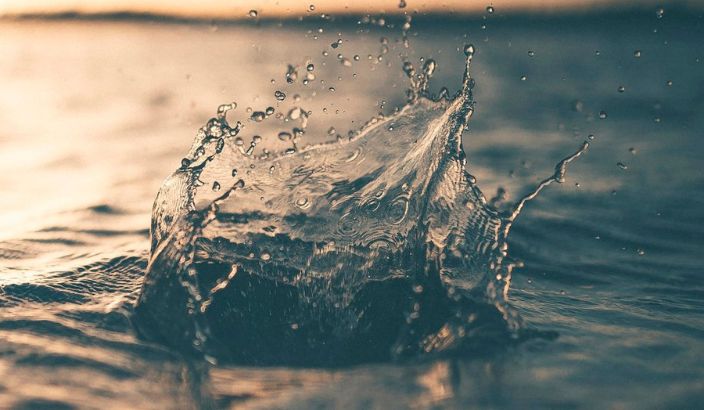Opinion: Cool clear water


Photo: Unsplash.
Garrick Batten
Water - essential for plant, animal and human life and should be a clear, colourless, tasteless, odourless liquid. Is it? Our water has only some of those qualities, so that’s bad. Shallow waters make most noise, but why is it bad? Who’s to blame?
Its farmers, particularly dairy farmers - if you believe some academics and activists like Greenpeace and the media focus on the worst water pollution. Not the negligible media coverage of Auckland’s annual swimming beach ban and fascination with engineering solutions to resolve a significant long-term sewage spill in the Waitemata. Or the Christmas Wellington and Gisborne city sewage discharges.
‘Swimmable’ is one of their subjective criterion for sea and highlighted rivers and lakes. Major water contaminants are E. coli, sediment, nitrogen, phosphorus, and heavy metals. Why must farm animals, not wild animals, be fenced from waterways? Why are farmers’ animals blamed for E. coli water levels but not birds and fish? Why are simple farm animals worse polluters than humans with their many water uses? Why is a city not seen as a human feedlot with food in and waste out? Why are dangerous heavy metals in its water ignored?
Double standards exist, so a research-based comparison of farms and their livestock with people and cities produces a different view. Each farm catchment water comes from other soils, landforms, and climates, and it has a mosaic of uses and varying effects. Pollution of farm waterways comes from fertilisers, pesticides, livestock, and harvesting and replanting exotic forests.
In contrast, each urban catchment has remarkably similar water discharges. Urban pollution comes from human water use and waste, as well as from transport and industry. Ministry for the Environment data shows worse nutrient loading in urban catchments, being about 5% more than in pastoral catchments, turbidity is 13% higher, and E. coli is 80% higher. Urban nitrate nitrogen, reactive phosphate and E. coli water levels are up to twice that of water from pastoral catchments. Each person contributes about 250 litres of treated waste daily to the environment, 40 times more than a dairy cow.
A fundamental fact, often ignored or unappreciated, is that NZ depends on export income to pay for imports. Over 80% of our merchandise exports come from our land. Ten years ago, our merchandise exports failed by only 4% to close the gap with merchandise import costs. In 2024, that negative gap between merchandise exports and imports increased to 25% despite the so-called polluting cows almost doubling their 2013 dairy exports over the previous seven years. Everyone has benefitted, but increased costs, regulations and criticism of farm water contamination have not helped to fill that gap.
Imagine no $24b dairy export income. Understanding that dairy cows are still in the future mix provides a window to watch any future clamour, cynical condemnation and controls.
Farmers need careful communication and cooperation to meet credible challenges. You can lead a horse to water but not make it float.
